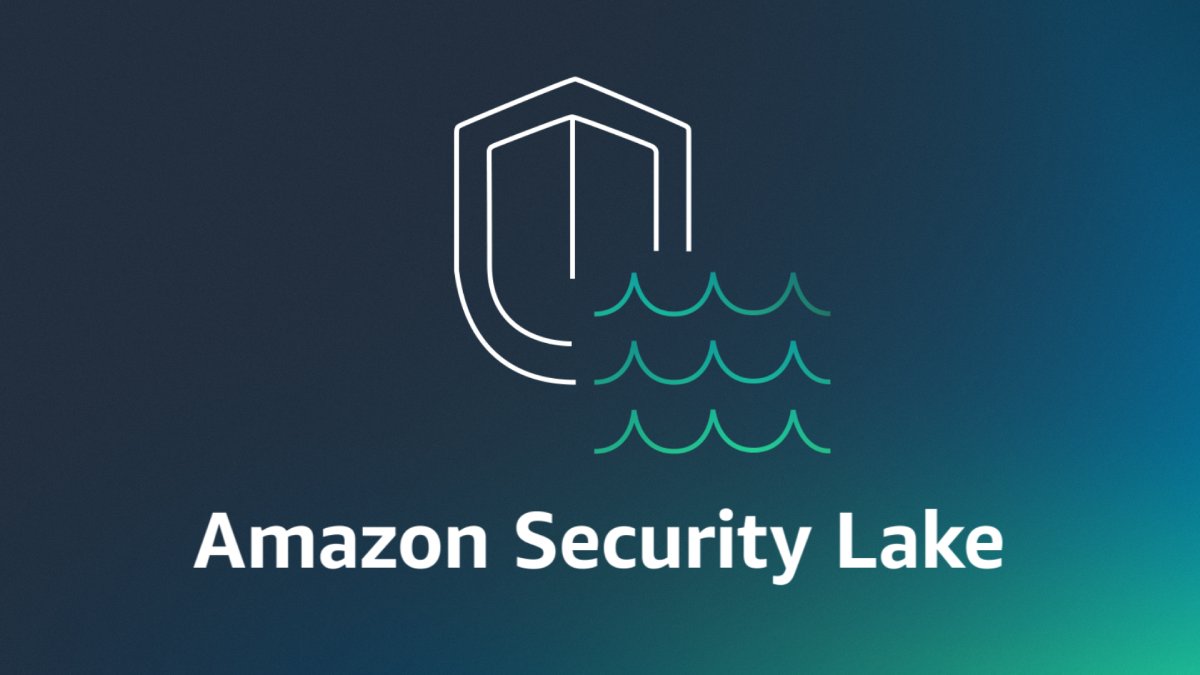Understanding Amazon Security Lake: Enhancing Data Security in the Cloud
This year, Amazon Web Services (AWS), a leading cloud services provider, announced a comprehensive security solution called Amazon Security Lake. In this blog post, we will explore what Amazon Security Lake is, how it works, the benefits for organizations, and partners you can leverage alongside it to enhance security analytics and quickly respond to security events.

Image source: Amazon
What is Amazon Security Lake?
Amazon Security Lake is a powerful security analytics solution developed by AWS that automatically centralizes security data into Amazon Simple Storage Service (Amazon S3) as its storage mechanism. Using Amazon S3 helps security teams take advantage of cost-effective cloud object storage, without having to make tradeoffs on security data retention. This is particularly important for managing security operations and identifying the root cause of advanced persistent threats.
The platform uses AWS Lake Formation to automatically set up security data lake infrastructure in the organization’s AWS account, providing full control and ownership over both cloud and on premises security data. The platform is designed to centralize, aggregate, normalize and analyze security data from various sources both inside and outside your AWS environment. The goal is to provide real-time visibility and actionable insights to help teams respond to security threats and vulnerabilities.
How Does Amazon Security Lake Work?
At its core, Amazon Security Lake ingests and processes data from multiple AWS services, such as AWS CloudTrail, Amazon VPC Flow Logs, AWS Config, and AWS Security Hub. These services generate extensive logs and events, which can be challenging to manage effectively without a centralized system.
By consolidating and organizing these disparate data sources — along with outside SaaS providers and on-premises sources — into a unified repository, Amazon Security Lake creates a single source of truth for security-related information. It leverages AWS data lake architecture, which provides scalable storage and processing capabilities to handle large volumes of data efficiently.
Another important feature to mention is the adoption of the Open Cybersecurity Schema Framework (OCSF). According to ESG research, 30% of enterprise organizations use more than 15 different tools for security operations, with most using their own proprietary logging format. OCSF has a lot of promise to alleviate some of the bottlenecks associated with data normalization, transformation, and management of enterprise security data sources for security practitioners by creating a standard format for all security data.
Key Benefits of Amazon Security Lake
Perhaps one of the most important benefits the Amazon Security Lake provides is the ability to see patterns and trends across a variety of data sources. Using this platform, security teams can aggregate and optimize volumes of log and event data to effectively address potential issues quickly, using their preferred analytics tools. Here are some of the other key benefits of Amazon Security Lake.
- Centralized Security Data: Amazon Security Lake brings together data from various AWS sources , SaaS providers, on-premises environments, and other third-party sources into a purpose-built data lake, enabling a holistic view of security events and incidents within your organization's AWS environment.
- Scalability and Performance: Built on AWS data lake architecture, Security Lake can handle large volumes of data and scale effortlessly as your organization's data scales. It ensures optimal performance and enables near real-time analysis of security data.
- Advanced Analytics and Machine Learning: Security Lake employs advanced analytics and machine learning capabilities to detect anomalies, identify patterns, and uncover potential security threats. It helps organizations proactively mitigate risks and enhance their incident response capabilities.
- Automated Threat Detection and Remediation: By leveraging machine learning algorithms, Security Lake can automatically detect suspicious activities, such as unauthorized access attempts or abnormal resource configurations. This automation empowers security teams to respond swiftly to potential threats, minimizing the impact on the business.
- Streamlined Compliance and Audit Management: Security Lake simplifies compliance management by providing consolidated data for audits and regulatory requirements. It offers granular visibility into user activities, resource changes, and network traffic, aiding in compliance assessments.
- Integration with AWS Security Services and Third-Party Tools: Amazon Security Lake seamlessly integrates with other AWS security solutions, such as AWS Security Hub and AWS GuardDuty. In addition, it works with a breadth of leading third-party security and security analytics tools. These integrations further enhance threat detection and response capabilities by leveraging the collective intelligence of these services.
Amazon Security Lake enables security teams to use their security analytics tools of choice, through a variety of Amazon Security Lake Subscriber Partners, including ChaosSearch. ChaosSearch allows you to analyze data straight from Amazon S3 via Elasticsearch API/OpenSearch Dashboards or Trino API/Superset — without retention limits, and with an industry-leading price.
Adapting to Cloud Security Challenges
In a cloud-native environment, the need for robust data security is more critical than ever. Amazon Security Lake serves as a powerful security analytics solution, enabling you to aggregate, analyze, and gain valuable insights from security data stored in your AWS account. By leveraging scalable storage, advanced analytics, and automation, Security Lake empowers security teams to detect and respond to potential threats swiftly, enhancing the organization’s overall security posture.
By adopting Amazon Security Lake, organizations can improve data accessibility and take a proactive approach to data security, ensuring the confidentiality, integrity, and availability of their most critical assets.





